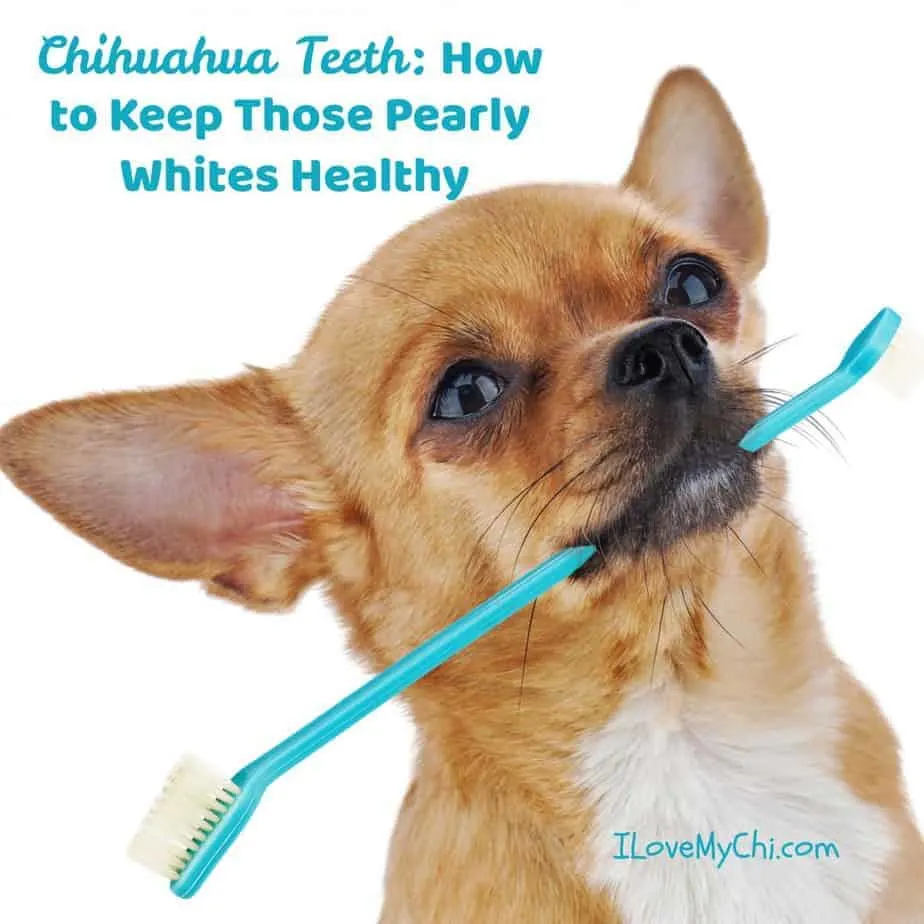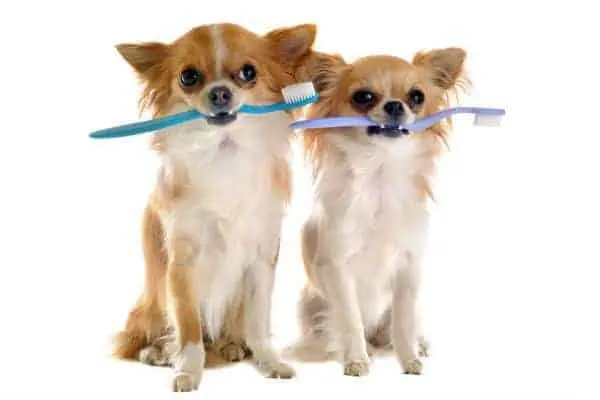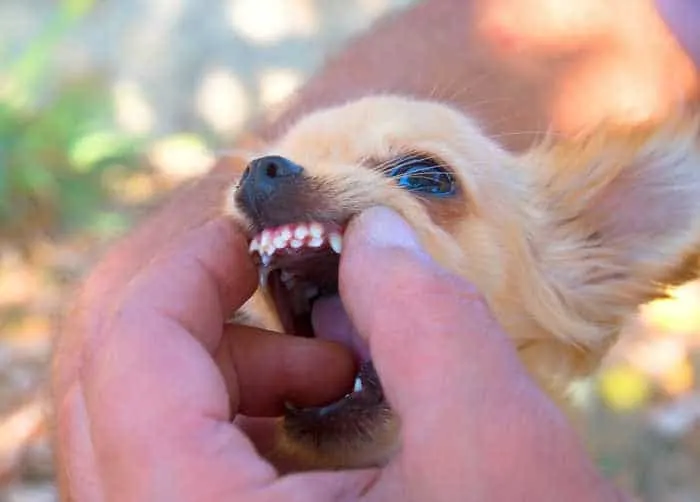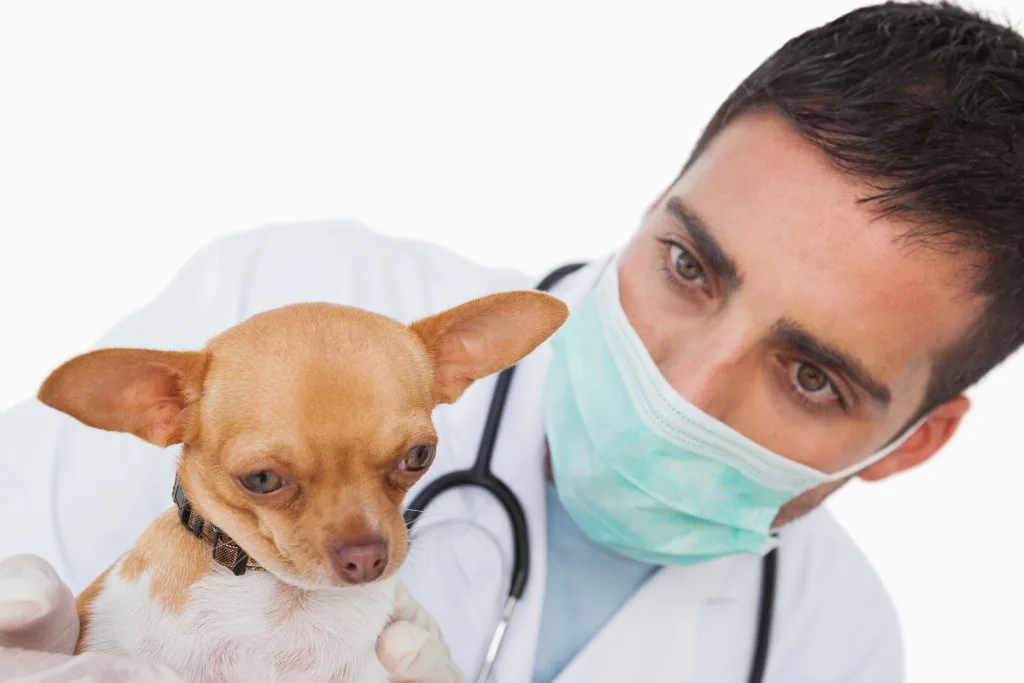
As an Amazon Associate, I earn from qualifying purchases.
Hey Chi lovers! If you’ve ever been greeted by a wave of “puppy breath” that could knock you over, it’s time for a dental check-in. Chihuahuas are notorious for tooth troubles—those tiny mouths mean crowded teeth and more places for plaque to hide. But don’t worry! With a few simple habits, you can keep your Chi’s smile fresh and healthy for years.
Why Dental Care Matters (More Than You Think!)
Bad breath isn’t just stinky—it’s often a red flag for gum disease, which can lead to bigger problems like heart, liver, or kidney issues. And since over 80% of dogs show signs of dental disease by age 3, your Chihuahua’s teeth need daily love.
Did you know dental disease can affect your dog’s overall health? The AVMA explains why it’s so important in this article.
Your Chihuahua’s Dental Care Routine

1. Brush Those Pearly Whites
The gold standard? Brushing! Aim for 2-3 times a week (daily if your Chi tolerates it). Here’s how:
- Use a dog toothbrush: Soft-bristled or finger brushes work best. Silicone brushes are a newer, gentler option.
- Never use human toothpaste: It can be toxic! Grab enzyme-based dog toothpaste (like Virbac CET)—it comes in yummy flavors like poultry or peanut butter.
- Go slow: Let your Chi sniff the brush, reward with treats, and start with short sessions.
Tip: Hate brushing? Dental wipes (like Petkin) are a quick fix for wiping away plaque.
2. Dental Treats and Chews
Not all chews are created equal! Skip hard bones (they crack teeth) and look for:
- VOHC-approved options (Greenies, or Whimzees).
- Enzymatic treats that fight plaque.
- Rubber chew toys (like Kong Dental Sticks) for safe gnawing.
3. Water Additives and Oral Gels
For the “I refuse to let you near my mouth” Chis:
- Dental water additives (TropiClean or OxyFresh) reduce plaque with zero effort—just add to their water bowl.
- Oral gels/sprays (like VetriScience Perio Support) help freshen breath and fight bacteria.
4. Feed Tooth-Friendly Food
Some kibbles are designed to scrub teeth as your dog chews:
- Hill’s Science Diet Oral Care or Royal Canin Dental are vet-recommended.
- Avoid sugary treats and sticky foods that cling to teeth.
When to See the Vet
Even with great home care, your Chi might need a professional cleaning. Watch for:
- Bad breath (worse than the usual “doggy” smell)
- Red, swollen, or bleeding gums
- Drooling or dropping food
- Loose or missing teeth
PSA: Anesthesia-free cleanings are still around, but most vets warn they don’t clean under the gumline (where nasty bacteria hide). Modern anesthesia is much safer now, even for tiny dogs!
If you are worried about it and want to know more, check out how the AVMA breaks it all down for you here.

Puppy Dental Care 101
Start young! Puppies lose baby teeth around 4-6 months. Help them out by:
- Getting them used to tooth brushing early (it’ll save you battles later!).
- Offering frozen washcloths or puppy teething rings to soothe sore gums.
Final Tips for a Fresher-Mouthed Chi
- Check teeth monthly for redness, tartar buildup, or broken teeth.
- Avoid old-school risks: No antlers, or human toothpaste!
- Stay consistent: Even 60 seconds of brushing makes a difference.
Your Chihuahua’s tiny teeth are adorable, but they need your help to stay healthy. A little effort now means fewer vet bills (and way better cuddles) later!
Got a dental tip for fellow Chi owners? Share it in the comments! 😊


Cathy Bendzunas
Pet Blogger

Paula Simons
DVM
This article has been reviewed, fact-checked, and approved by Dr. Paula Simons DVM. You can read more about her on our About page.


Cynthia
Sunday 2nd of February 2025
My fur baby Snoopy is 14 years old and needs his teeth cleaned. How safe is it do we have a dog his age to have his teeth cleaned. I would appreciate some comment. Sincerely Cynthia and Snoopy
Cathy Bendzunas
Sunday 2nd of February 2025
It's always a risk when they are elderly. I would ask your vet if they think it's safew for him to have a cleaning at his age.
Janice Shaffer
Tuesday 29th of August 2017
Our Sadie is the most loving little girl. She doesn't like strangers but once she gets to know you she won't leave you alone, wants to be with someone every minute. I can't imagine life without her!
Cathy
Tuesday 29th of August 2017
Sadie is beautiful Janice! My Lucas is the same way. He's skittish around people he doesn't know but warms up to them within a few minutes. Then he just wants you to hold him and love on him.
Liz wiseley
Thursday 3rd of December 2015
Trying for pet of the day
Cynthia
Sunday 2nd of February 2025
@Priscilla, with most of our chihuahuas we had a crate when we went out. It was safe they didn't hurt themselves. We put all their toys in there. Also we also had two chihuahuas the other time. So they would always have company. However having two is a real challenge however we love it. But crate works out really well you could get out and you could have friends in your house until the dog gets used to them. If the dog cries and barks that's okay. That is the only way you're going to have a life and a dog. I just love chihuahuas they are my favorite breed. I wish you the best. Love Cynthia
Priscilla
Friday 14th of April 2023
@Liz wiseley,
kilosmom
Thursday 3rd of December 2015
Enter your dog here Liz: